Introduction
What is landscape photography and why is it so popular?
Landscape photography is a popular and rewarding hobby that allows you to capture the beauty of the natural world in your images. From sweeping vistas and dramatic mountain ranges to serene forests and sparkling bodies of water, there are endless subjects to explore in landscape photography.
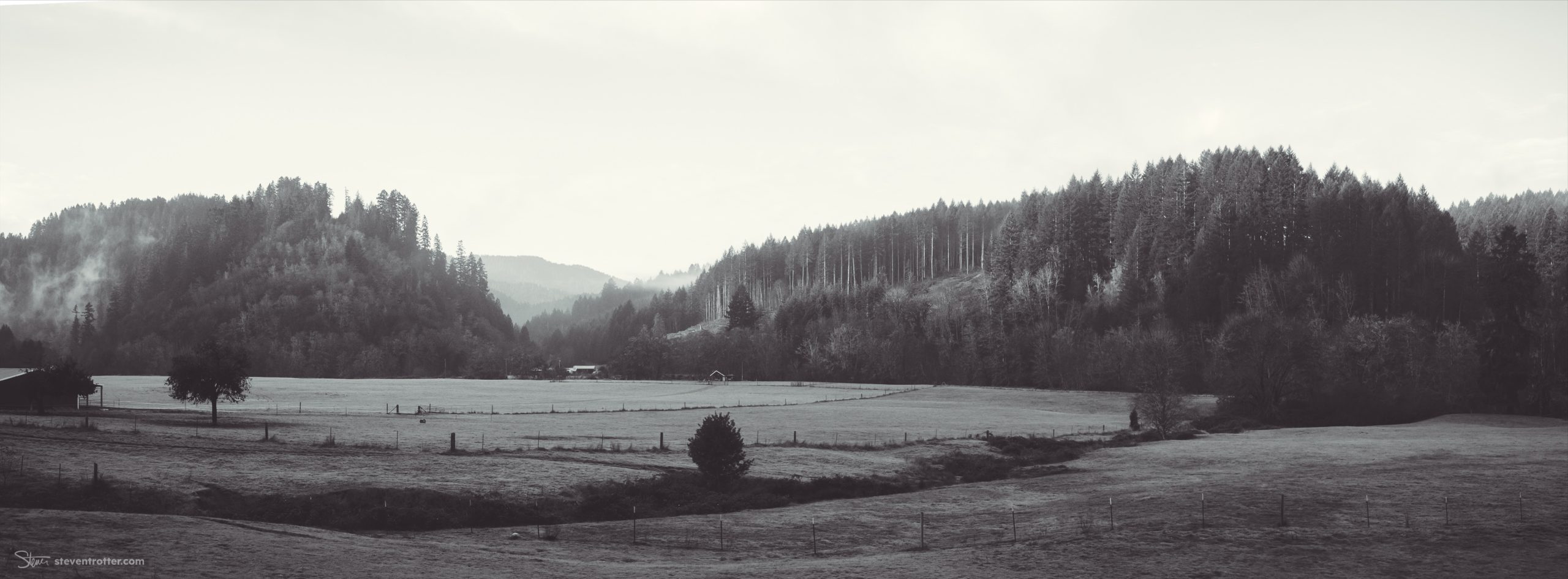
The basics of landscape photography
What equipment do you need? What are the key composition principles to keep in mind?
To get started in landscape photography, you’ll need a few key pieces of equipment. A digital SLR or mirrorless camera is a good choice, as it will give you the flexibility to shoot in a variety of lighting conditions and settings. You’ll also want a lens with a wide focal length, such as a 24-70mm lens, which will allow you to capture a broad range of scenery in your shots. I prefer to shoot my landscapes at 24mm, but most kit lenses that come with new or old cameras will suffice to get started.
A sturdy tripod is also essential, as it will help you keep your camera steady when shooting in low light or using long exposures at low ISOs.
Composition is an important aspect of landscape photography, and there are a few key principles to keep in mind. The rule of thirds is a helpful guideline, where you divide your frame into three equal sections both horizontally and vertically, and place your subject along one of the lines or intersections. This creates a sense of balance and harmony in the image. Leading lines, such as a winding road or a river, can also draw the viewer’s eye into the image and add depth and interest.
Capturing the best light
Why is lighting so important in landscape photography, and how can you use it to create stunning images?
Lighting is crucial in landscape photography, as it can have a huge impact on the mood and atmosphere of your images. The best light for landscape photography is often found at dawn and dusk when the sun is low in the sky and creates warm, golden tones in the landscape. Overcast days can also be great for landscape photography, as the diffuse light creates even, soft shadows that highlight texture and detail.
Getting creative with landscape photography
How can you use filters, long exposures, and other techniques to take your landscape photography to the next level?
To take your landscape photography to the next level, there are a few creative techniques you can try. Using filters, such as polarizing filters and neutral density filters, can help you control the amount of light entering your lens and create beautiful effects, such as more saturated colors and longer exposures. Long exposures, where the shutter is open for several seconds or minutes, can also create interesting effects, such as silky-smooth water or streaking clouds.
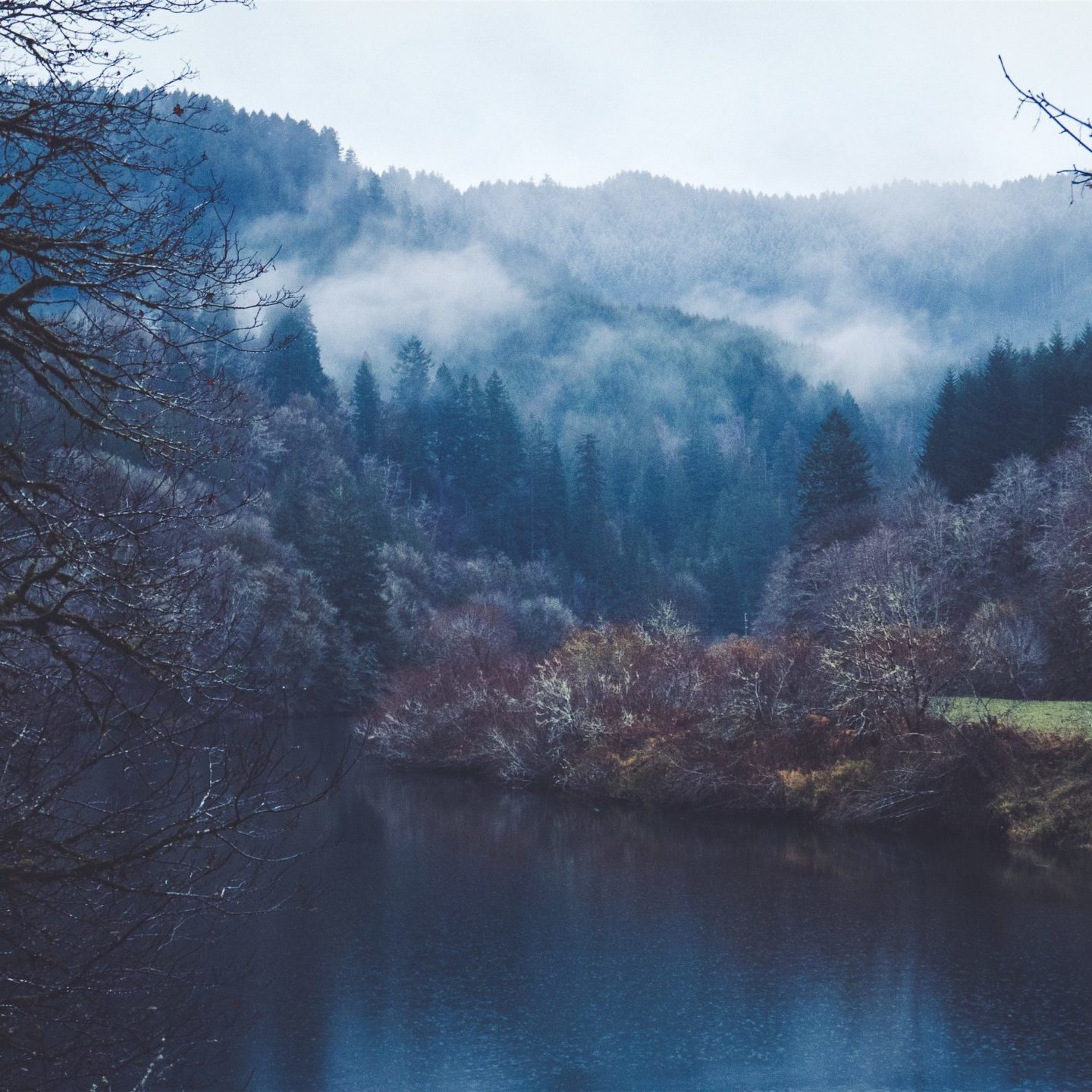

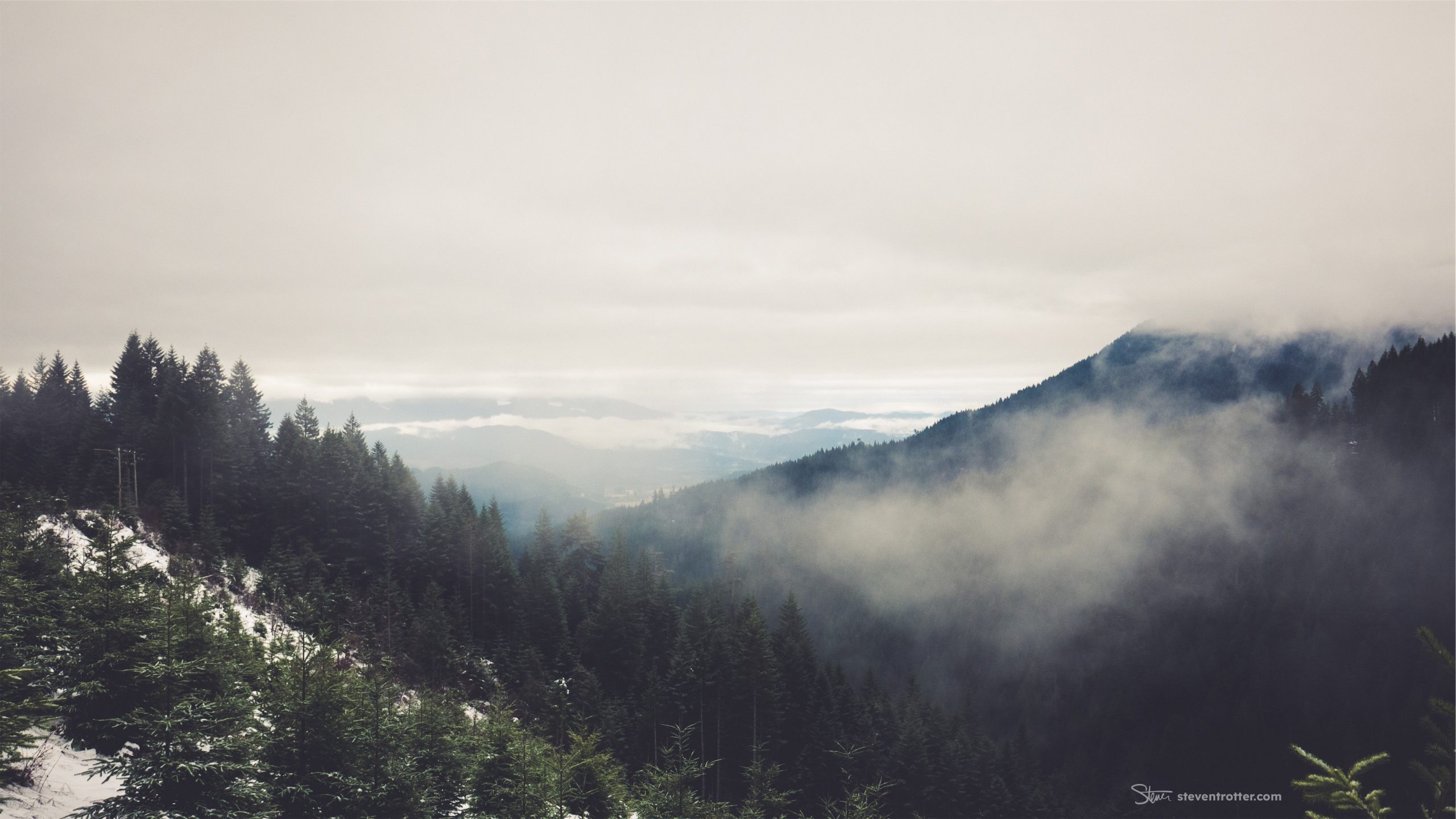
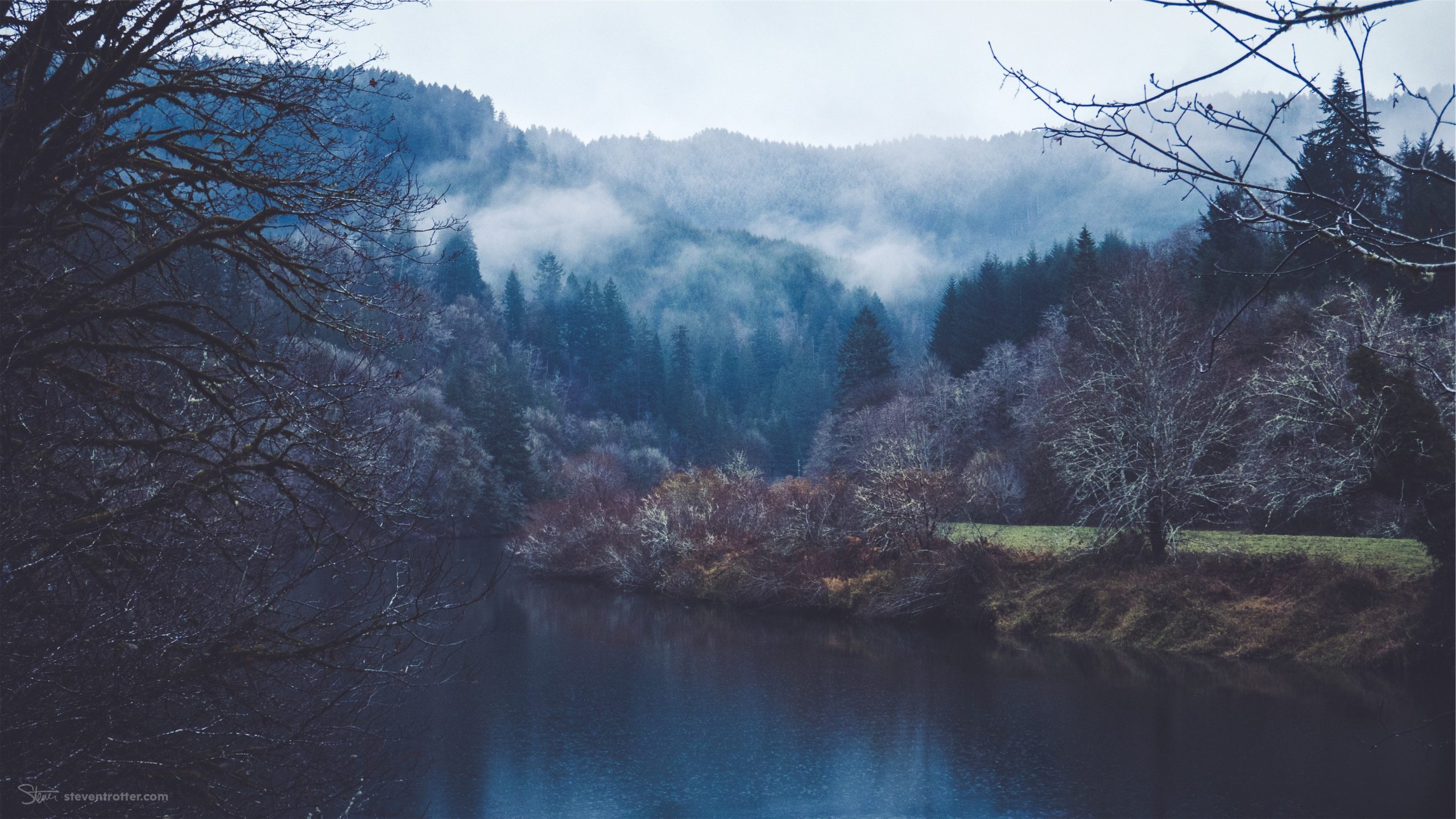

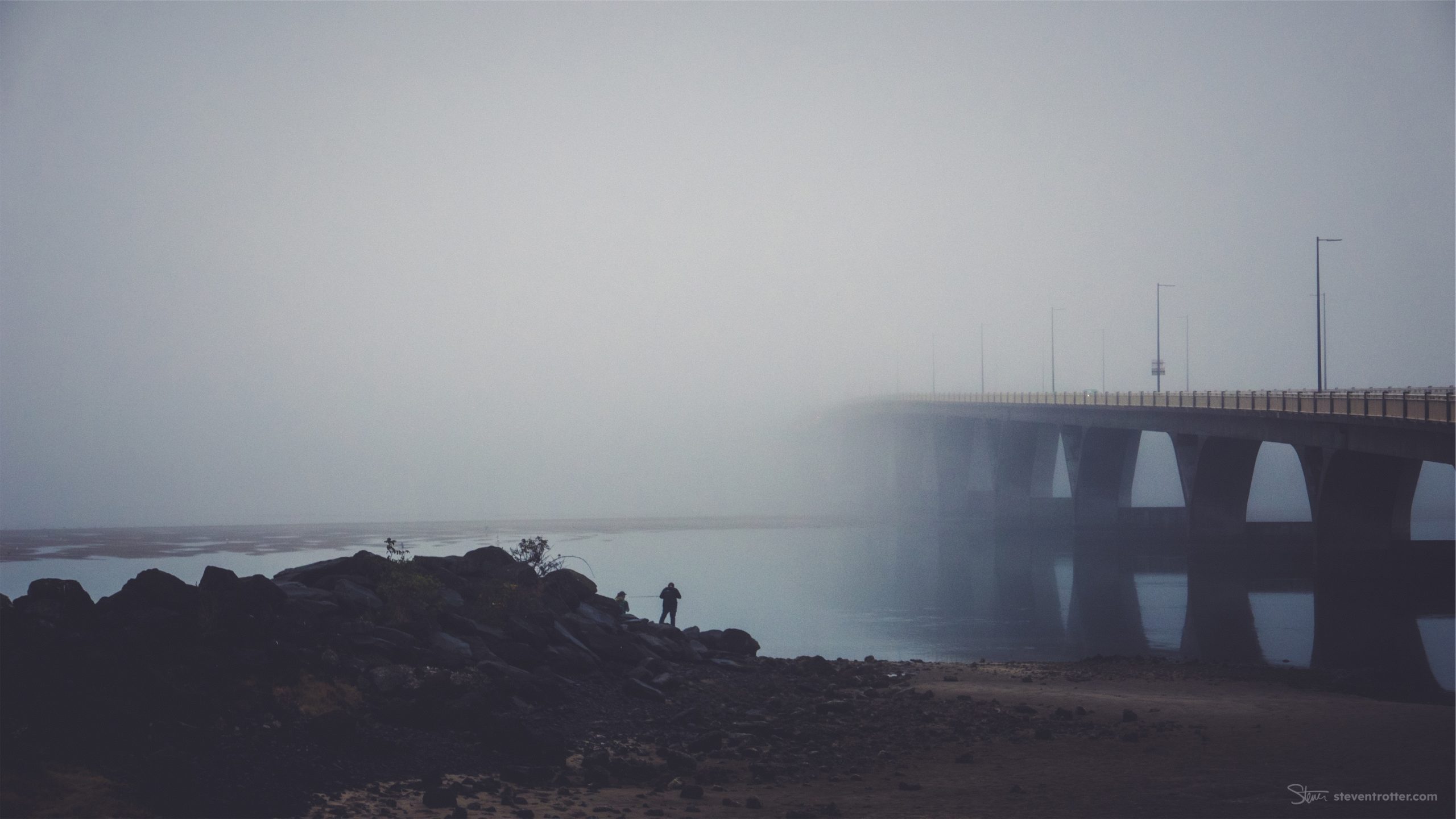
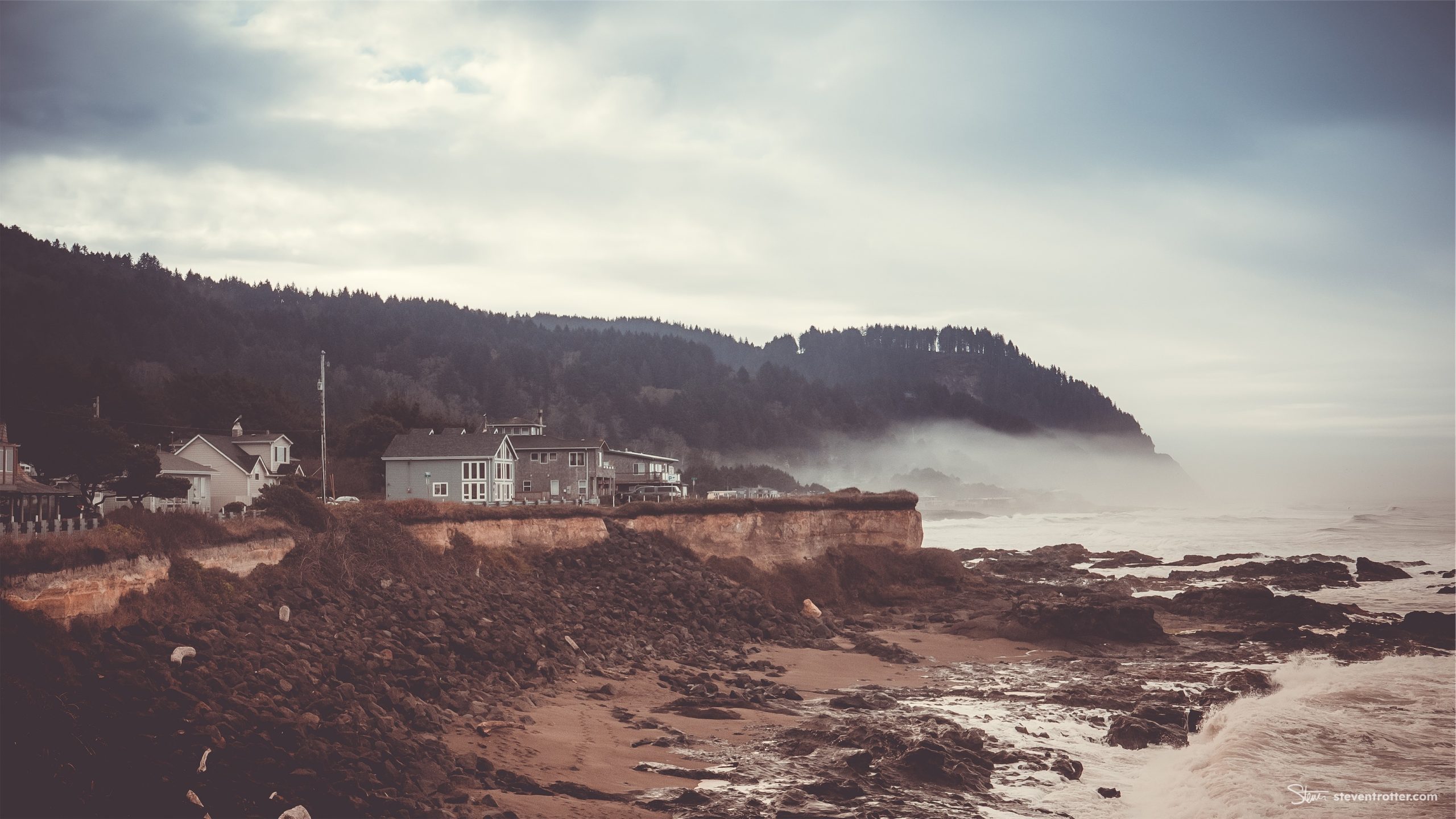
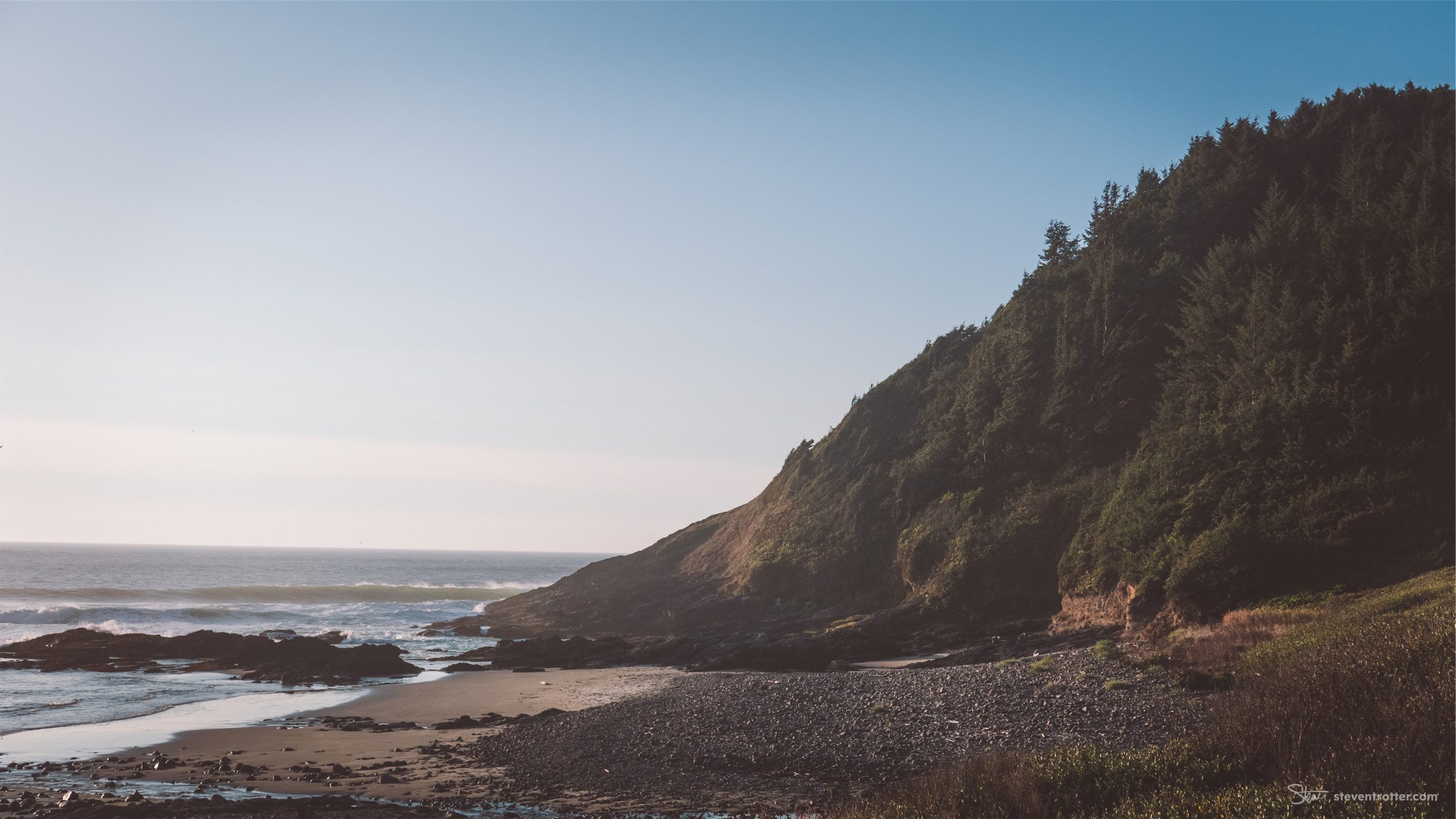
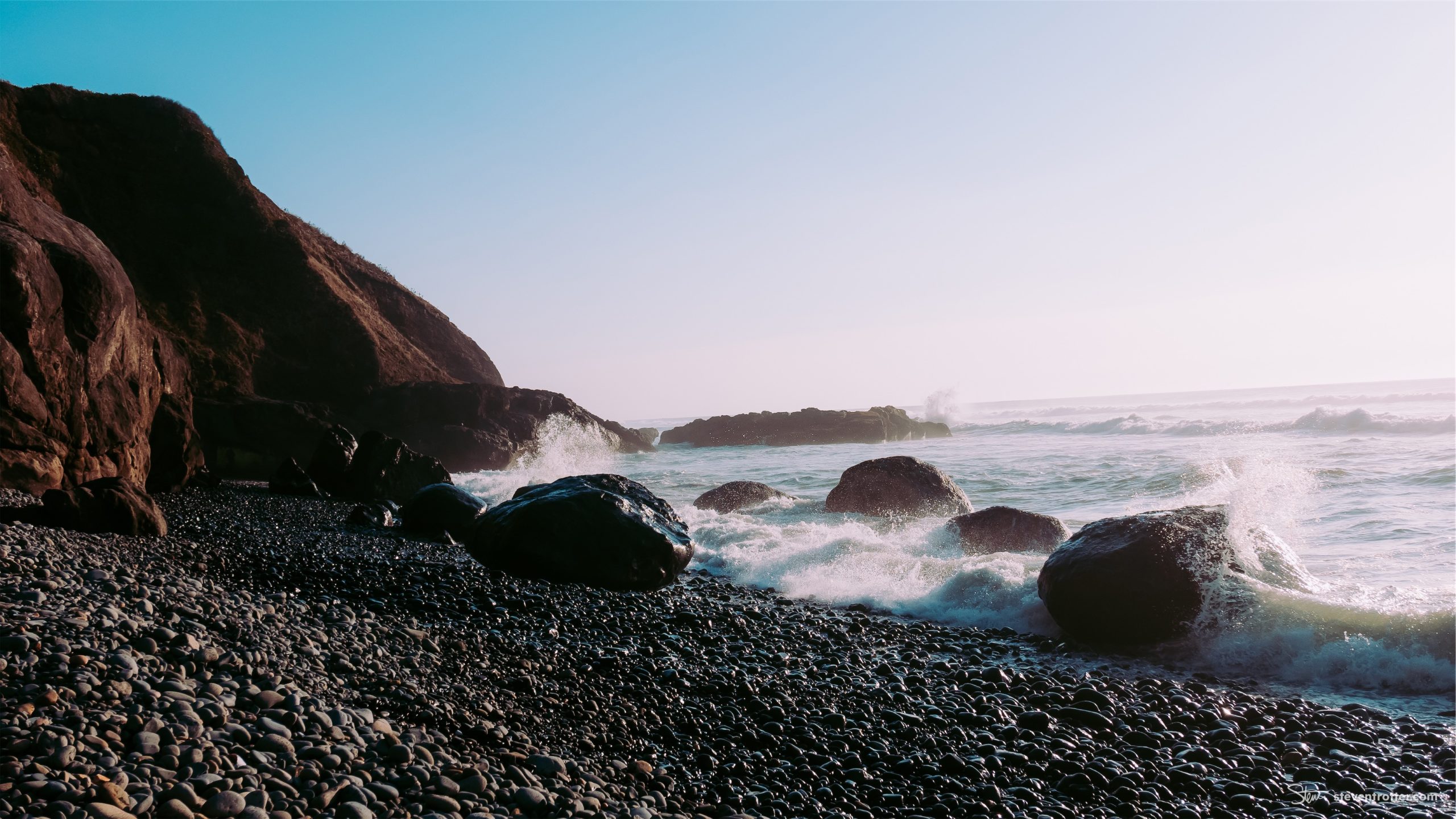
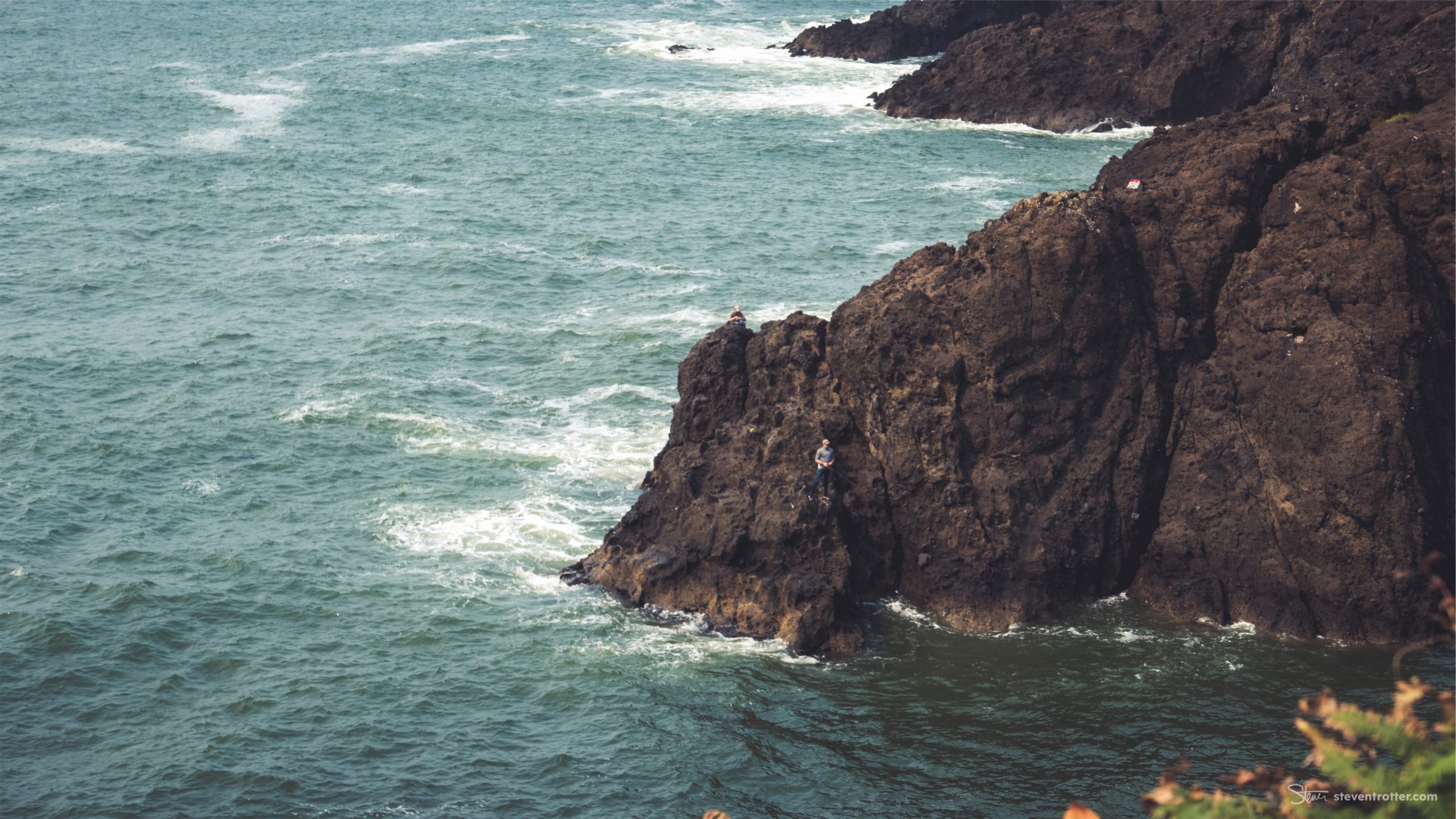

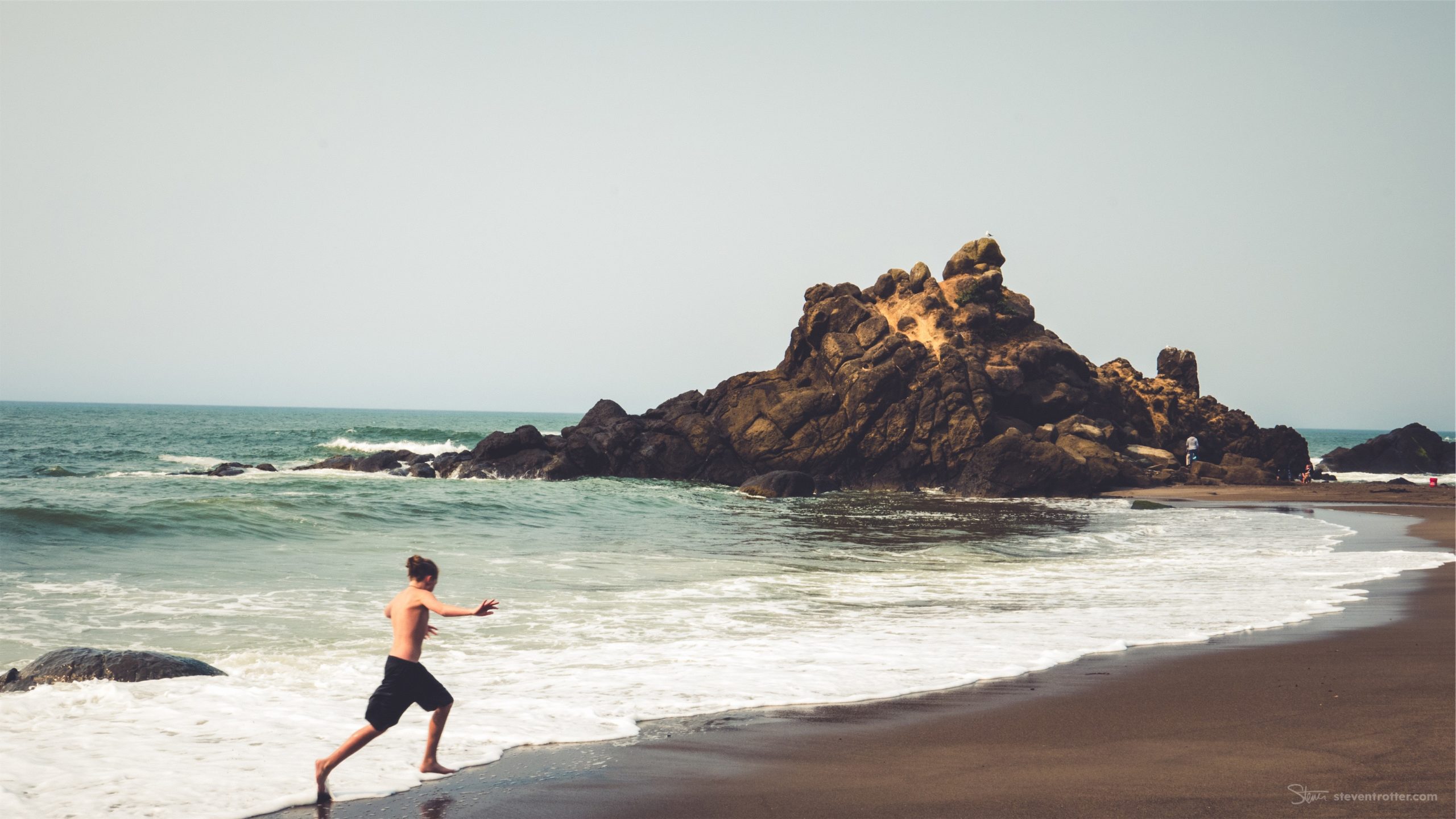
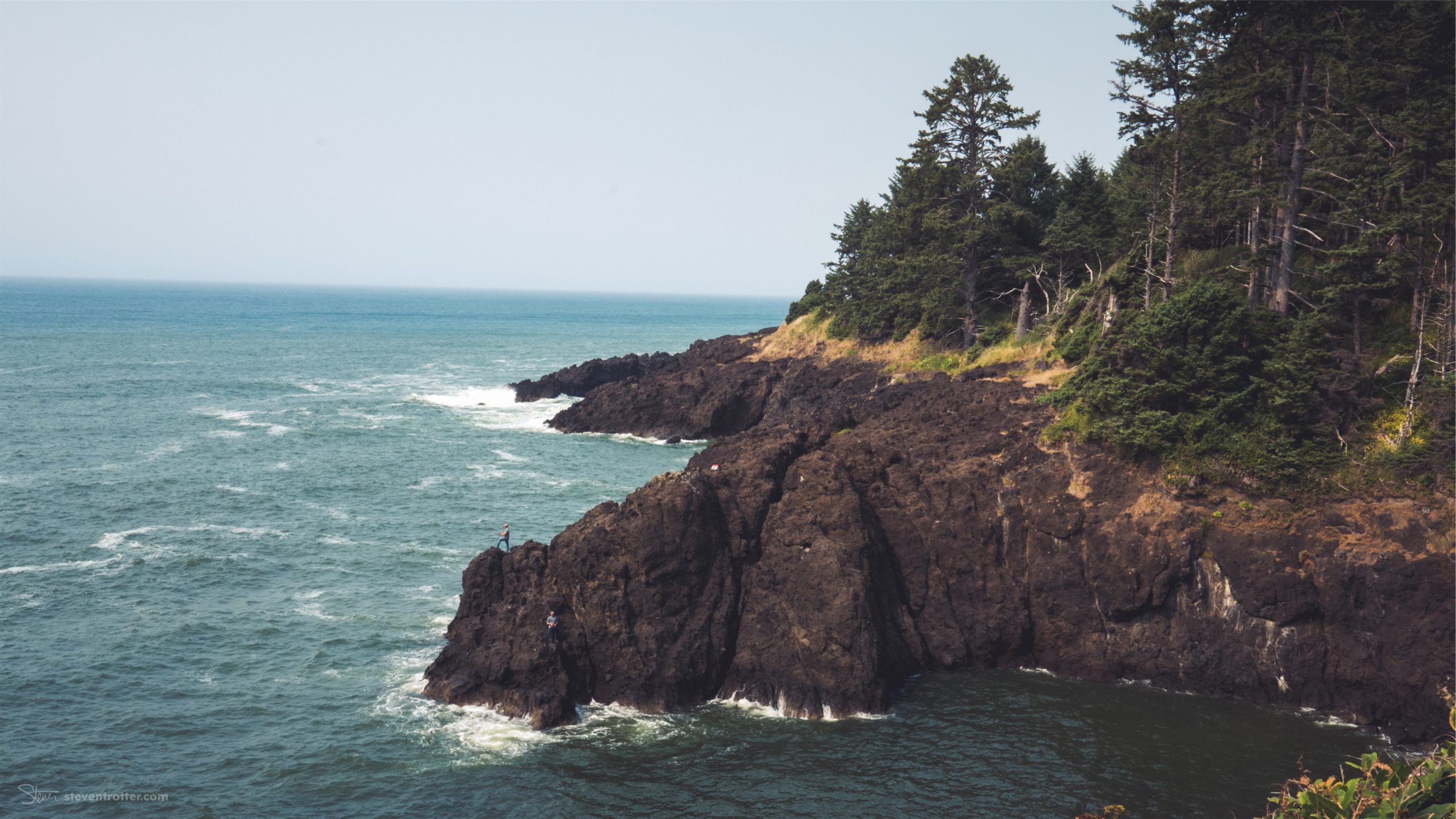
Tips for planning and executing a successful landscape photography shoot
From scouting locations to setting up your shot, what are the key steps you should follow to ensure a successful shoot?
Planning and executing a successful landscape photography shoot requires some preparation. Start by scouting locations and researching the best time of day to shoot, as well as the weather and lighting conditions. When you arrive at the location, take some time to set up your shot and consider the composition, framing, and focus points before taking the photo. Be patient and take multiple shots, as this will give you more options to choose from when editing your photos later.
Post-processing landscape photos
How can you use editing software to bring out the best in your landscape photos and create beautiful final images?
Post-processing is an important part of landscape photography, as it allows you to enhance and refine your photos to create beautiful final images. There are many different editing software programs available, such as Adobe Lightroom, Adobe Photoshop, and Capture One, that offer a wide range of tools and features for post-processing landscape photos.
In general, post-processing landscape photos involves making adjustments to the color, contrast, and exposure of the image to bring out the best in the scene. This can include increasing the saturation of the colors, boosting the contrast to make the image pop, and adjusting the exposure to create the desired effect.
Another common technique in post-processing landscape photos is to make local adjustments, such as dodging and burning, which involves lightening or darkening specific areas of the image to create more balanced and harmonious compositions. This can be particularly useful for bringing out the details in the highlights and shadows of an image, or for drawing the viewer’s eye to a specific part of the scene.
Finally, post-processing landscape photos can also involve applying creative effects, such as black-and-white conversions or split-tone coloring, to create a more artistic and unique final image. These effects can help to add mood and atmosphere to the photo and can take your landscape photography to the next level.
Overall, post-processing is an important part of landscape photography and can help you to create beautiful, polished final images that capture the beauty and majesty of the natural world.
Advanced landscape photography techniques
How can you use panoramic shots, HDR photography, and focus stacking to create more dynamic and detailed landscape images?
Advanced landscape photography techniques can help you create more dynamic and detailed images of the natural world. Some of the most popular advanced techniques include panoramic shots, high dynamic range (HDR) photography, and focus stacking.
Panoramic shots involve taking multiple photos of a scene and stitching them together to create a wider, more expansive image. This can be useful for capturing large landscapes or scenes that are too wide to fit into a single frame. To create a panoramic image, you’ll need to take multiple shots of the scene while overlapping each shot by about 25-30%. You can then use editing software, such as Adobe Photoshop, to stitch the shots together and create the final panoramic image.
HDR photography involves taking multiple shots of the same scene at different exposures and combining them to create a single image that captures a wider range of tones and details. This can be useful for scenes with a high dynamic range, where the highlights and shadows are too extreme to capture in a single shot. To create an HDR image, you’ll need to take multiple shots of the scene at different exposures, and then use editing software, such as Adobe Lightroom, to combine them into a single image.
Focus stacking is a technique that involves taking multiple shots of the same scene at different focus points, and then combining them to create a single image with a greater depth of field. This can be useful for landscape scenes where you want to keep both the foreground and the background in focus. To create a focus-stacked image, you’ll need to take multiple shots of the scene at different focus points, and then use editing software, such as Adobe Photoshop, to combine them into a single image.
Overall, these advanced techniques can help you create more dynamic and detailed landscape images, and can add a new level of creativity and technical skill to your landscape photography.
Common mistakes to avoid in landscape photography
What are some pitfalls to watch out for, and how can you avoid them to create better landscape photos?
There are a few common mistakes that landscape photographers can make, and by avoiding these pitfalls, you can improve the quality of your landscape photos. Some common mistakes to avoid in landscape photography include:
- Shooting in poor lighting conditions: Lighting is one of the most important factors in landscape photography, and shooting in poor lighting can result in dull, uninspiring photos. To avoid this mistake, try to plan your shoots for the best lighting conditions, such as early morning or late afternoon, and avoid shooting in harsh, midday light.
- Not paying attention to composition: Composition is key in landscape photography, and poor composition can ruin an otherwise beautiful photo. To avoid this mistake, take the time to carefully consider the composition of your shot, and use techniques like the rule of thirds and leading lines to create a more balanced and interesting image.
- Not using a tripod: Using a tripod is essential in landscape photography, as it will help you keep your camera steady and avoid blurry photos. To avoid this mistake, make sure to bring a sturdy tripod with you on your shoots, and use it whenever possible to ensure sharp, well-exposed images.
- Not using the right lens: The lens you use can have a big impact on the quality of your landscape photos, and using the wrong lens can result in distorted or unsharp images. To avoid this mistake, research the best lenses for landscape photography, and choose a lens that will suit the type of landscape you are shooting.
By avoiding these common mistakes, you can create better landscape photos and improve the quality of your landscape photography.
Inspiration and resources for landscape photographers
Where can you find inspiration and guidance to improve your landscape photography skills?
There are many sources of inspiration and guidance for landscape photographers, both online and offline. Some of the best places to find inspiration and resources for landscape photography include:
- Photography websites and forums: There are many websites and forums dedicated to landscape photography, where you can find inspiration, guidance, and support from other photographers. Some popular websites and forums for landscape photography include Flickr, 500px, and Reddit’s /r/landscapephotography.
- Photography magazines and books: Print magazines and books can be a great source of inspiration and guidance for landscape photographers. Popular magazines for landscape photography include Outdoor Photographer, Landscape Photography Magazine, and Digital Photography School. There are also many books on landscape photography that can provide guidance on techniques, composition, and post-processing.
- Photography workshops and classes: If you’re looking for more in-depth guidance and instruction, attending a photography workshop or class can be a great way to learn from experienced photographers and improve your skills. Many photographers offer workshops and classes on landscape photography, and these can provide a hands-on learning experience that is tailored to your specific needs and goals.
- Photography trips and tours: Another great way to find inspiration and improve your landscape photography skills is to join a photography trip or tour. These can be organized by photography schools, travel companies, or individual photographers, and can take you to some of the most beautiful and photogenic locations around the world.
There are many sources of inspiration and guidance for landscape photographers, and by taking advantage of these resources, you can improve your skills and create beautiful, inspiring landscape photos.
Conclusion
Why landscape photography is a rewarding and fulfilling hobby, and how it can help you connect with the natural world in a deeper way.
Landscape photography is a rewarding and fulfilling hobby that can help you connect with the natural world in a deeper way. Through the process of capturing and creating beautiful images of the landscape, you can learn to see the world in a new and more appreciative way and develop a greater sense of wonder and connection to the natural world.
Landscape photography can also be a great way to explore and discover new places, and can provide a sense of adventure and excitement as you seek out new and interesting locations to photograph. Whether you are traveling to distant lands or exploring the beauty of your local area, landscape photography can provide a sense of discovery and exploration that is truly fulfilling.
In addition to the personal benefits of landscape photography, your photos can also be a way to share your love of the natural world with others. By sharing your images online or exhibiting your work in galleries, you can inspire others to appreciate the beauty of the natural world and to take an active role in protecting and preserving it for future generations.

